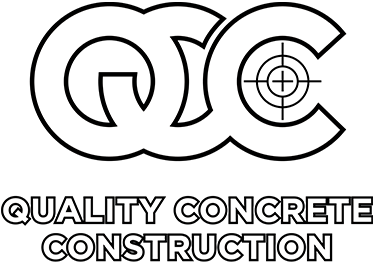Because they’re not the focal point of your outdoor decor like a driveway, concrete steps and stairs are often overlooked until they become a safety hazard or an eyesore. This lack of attention can be a big mistake. Maintaining and repairing concrete steps is crucial to make sure anyone who enters your home is safe. Today, we will walk through the process of repairing concrete steps, paying attention to both safety and appearance.
Importance of Maintaining Concrete Steps
Though it’s important to maintain concrete everywhere, high traffic areas like concrete steps and stairs need extra attention because they endure constant wear and tear. Cracks, chipping, and uneven surfaces make it easy for people to trip and fall. When the damage is extensive, it can even compromise the structural integrity. Making timely repairs is critical to keeping residents and guests safe as they enter and exit your home.
Assessing the Damage
First, assess the extent of the damage to your concrete stairs. Pay attention to any cracks, spalling, or signs of structural instability. If you live in a harsh climate, you’ll likely have more damage as a result of snow, ice, and chemicals. Once you’ve determined what’s damaged, you can move on to the repair process.
Safety First
Make sure to prioritize safety before you start any repairs on your concrete steps or stairs. Wear protective gear, including safety glasses, gloves, and a dust mask. If working on elevated surfaces, use a sturdy ladder and ensure the area is well-lit. If there are structural issues, make sure to consult experts for the repair, as it can be dangerous without the right tools and experience.
Materials and Tools
When doing small repairs on concrete steps or stairs, you’ll typically need concrete patching compound, bonding agent, a trowel, a wire brush, and a bucket. Before you purchase any concrete repair products, ensure that they’re suitable for outdoor use and will work with your existing concrete.
When you’re ready to repair your concrete, follow these steps.
Clean the Surface
Begin by using a wire brush to remove loose debris and dirt from the damaged area. For stubborn stains or contaminants, consider pressure washing the steps.
Apply Bonding Agent
To ensure proper adhesion of the patching compound, apply a bonding agent to the cleaned surface. This step will help the repair material adhere to the existing concrete.
Mix and Apply Patching Compound
Mix the concrete patching compound according to the manufacturer’s instructions. Apply the compound evenly to the damaged area, smoothing it out with a trowel. For deeper cracks or holes, apply the compound in layers, allowing each layer to dry before adding the next.
Finishing Touches
Once the patching compound has dried, use a fine-grit sandpaper or a finishing trowel to achieve a smooth and even surface. Pay attention to the texture to ensure a seamless blend with the existing concrete.
Sealing and Curing
Consider applying a concrete sealer to protect the repaired area from future damage. Allow the repaired steps to cure according to the manufacturer’s recommendations before you use the steps.
Turn to the Experts
If you’re looking for more extensive repairs, or just need help from professionals who know exactly what to do, we’re here for you. Quality Concrete Construction can provide a comprehensive range of concrete repair services – whether your concrete needs an aesthetic touch-up, structural reinforcement, or both. Take a look at our work, and reach out to us for a consultation.

